John Piper C.H. (British, 1903-1992)Byland Abbey signed and dated 'John Piper/1940' (lower right); further signed, inscribed and dated again 'Byland Abbey/by/John Piper/For Basil &/Frances./Nov. 1940' (verso) oil and pen and ink on canvas laid on board 30 x 25.4 cm. (11 3/4 x 10 in.)FootnotesProvenance The Artist, by whom gifted to Basil and Frances Creighton, thence by descent to Private Collection, U.K. Their sale; Bonhams, London, 3 March 2011, lot 58 With The Fine Art Society, London, where acquired by the present owner Private Collection, U.K. Having become a leading British abstract artist in the mid 1930s, John Piper came to feel that it was an insufficient outlet for his artistic interests and sought to return to a more representational form of art. John Betjeman records that in 1938 he approached the artist to produce a Shell Guide to Oxfordshire. The task led Piper back to a childhood interest in architecture and in particular English churches. In the course of production of the Guide for which he took many photographs, he also produced a number of watercolours which Betjeman commended for their accuracy, affection, humour and feeling for texture and surrounding landscape. Following this project John Betjeman subsequently wrote: 'From 1938 until the war he [Piper] made regular tours to various parts of England and Wales, looking for stained glass, churches with box pews in a Cotman state of picturesque decay, ruins, early industrial scenery, Welsh lakes and waterfalls, follies, country houses, [and] Yorkshire caves. He came back with hundreds of water-colours and material for later oils. The transition from water-colour to oil is marked.... The landscapes in oil are essays in the careful use of colour which, though it may not be "like", is like what the place painted is like to a poet. He believes that paint should not be thrown on, or scratched in, anyhow: but just as a church relates itself to a tree in a picture or a folly to a hill it stands on, one piece of paint should agree or disagree, combine or contrast with another and with all the other pieces.' (John Betjeman John Piper Penguin Books, 1948 edition, p.12-13). This period of travel throughout England and Wales between 1938 and the onset of the Second World War in September 1939 provided the material for Piper's first solo exhibition at the Leicester Galleries in March 1940 and proved highly successful. Piper's change of style and the success of the Leicester Galleries exhibition in turn led to Piper being commissioned as a war artist by Kenneth Clark who, at the time, was the Director of the National Gallery. From August 1940 with the onset of the Blitz, Piper was phenomenally busy recording the destruction of the city churches at Bath, St Mary le Port Bristol, and subsequently Coventry Cathedral in November 1940. The series of oil paintings that he produced at this time, using his theory of colour very successfully conveyed the drama of this particular period in British history. Byland Abbey now belongs to English Heritage and is located at Coxwold in North Yorkshire. Founded in the twelfth century by a community of monks it was renowned for its sheep rearing and production of wool. The church, which was 100 metres long, was the largest in the country and rivalled the great cathedrals of Europe. Completed circa 1195 the church façade, with its distinctive ruined outline, is the subject of the present work.
John Piper C.H. (British, 1903-1992)Byland Abbey signed and dated 'John Piper/1940' (lower right); further signed, inscribed and dated again 'Byland Abbey/by/John Piper/For Basil &/Frances./Nov. 1940' (verso) oil and pen and ink on canvas laid on board 30 x 25.4 cm. (11 3/4 x 10 in.)FootnotesProvenance The Artist, by whom gifted to Basil and Frances Creighton, thence by descent to Private Collection, U.K. Their sale; Bonhams, London, 3 March 2011, lot 58 With The Fine Art Society, London, where acquired by the present owner Private Collection, U.K. Having become a leading British abstract artist in the mid 1930s, John Piper came to feel that it was an insufficient outlet for his artistic interests and sought to return to a more representational form of art. John Betjeman records that in 1938 he approached the artist to produce a Shell Guide to Oxfordshire. The task led Piper back to a childhood interest in architecture and in particular English churches. In the course of production of the Guide for which he took many photographs, he also produced a number of watercolours which Betjeman commended for their accuracy, affection, humour and feeling for texture and surrounding landscape. Following this project John Betjeman subsequently wrote: 'From 1938 until the war he [Piper] made regular tours to various parts of England and Wales, looking for stained glass, churches with box pews in a Cotman state of picturesque decay, ruins, early industrial scenery, Welsh lakes and waterfalls, follies, country houses, [and] Yorkshire caves. He came back with hundreds of water-colours and material for later oils. The transition from water-colour to oil is marked.... The landscapes in oil are essays in the careful use of colour which, though it may not be "like", is like what the place painted is like to a poet. He believes that paint should not be thrown on, or scratched in, anyhow: but just as a church relates itself to a tree in a picture or a folly to a hill it stands on, one piece of paint should agree or disagree, combine or contrast with another and with all the other pieces.' (John Betjeman John Piper Penguin Books, 1948 edition, p.12-13). This period of travel throughout England and Wales between 1938 and the onset of the Second World War in September 1939 provided the material for Piper's first solo exhibition at the Leicester Galleries in March 1940 and proved highly successful. Piper's change of style and the success of the Leicester Galleries exhibition in turn led to Piper being commissioned as a war artist by Kenneth Clark who, at the time, was the Director of the National Gallery. From August 1940 with the onset of the Blitz, Piper was phenomenally busy recording the destruction of the city churches at Bath, St Mary le Port Bristol, and subsequently Coventry Cathedral in November 1940. The series of oil paintings that he produced at this time, using his theory of colour very successfully conveyed the drama of this particular period in British history. Byland Abbey now belongs to English Heritage and is located at Coxwold in North Yorkshire. Founded in the twelfth century by a community of monks it was renowned for its sheep rearing and production of wool. The church, which was 100 metres long, was the largest in the country and rivalled the great cathedrals of Europe. Completed circa 1195 the church façade, with its distinctive ruined outline, is the subject of the present work.
.jpg)


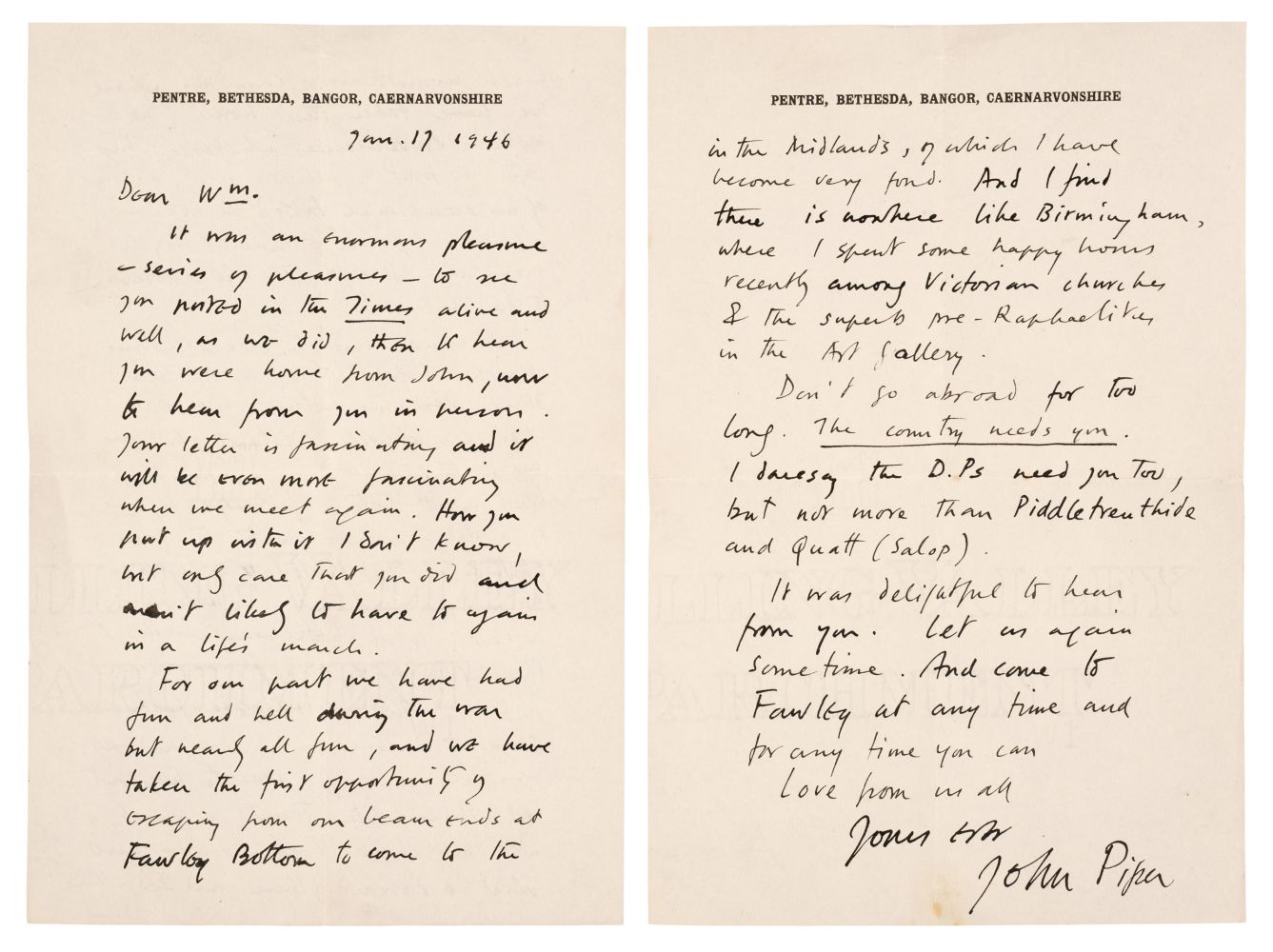
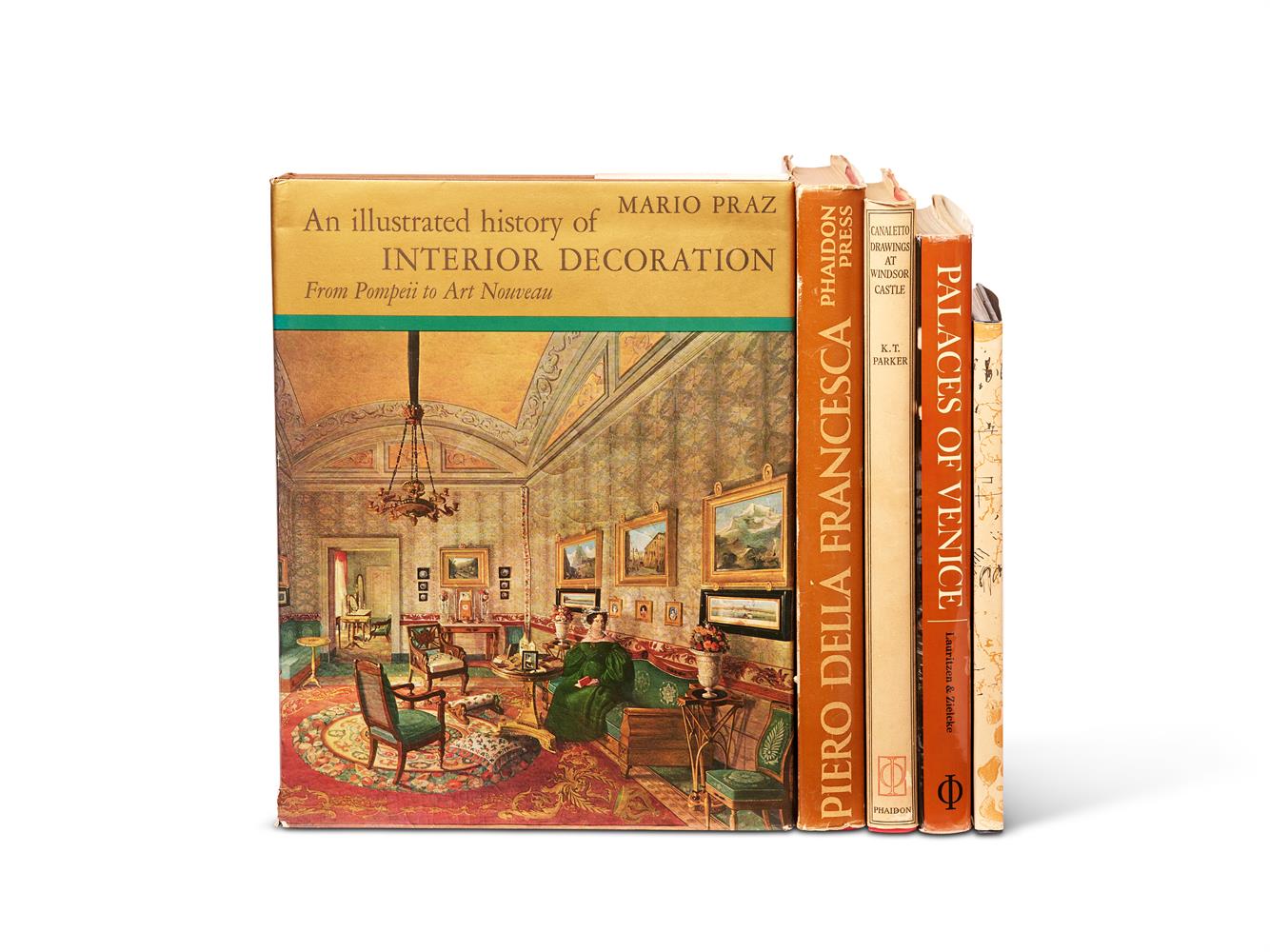

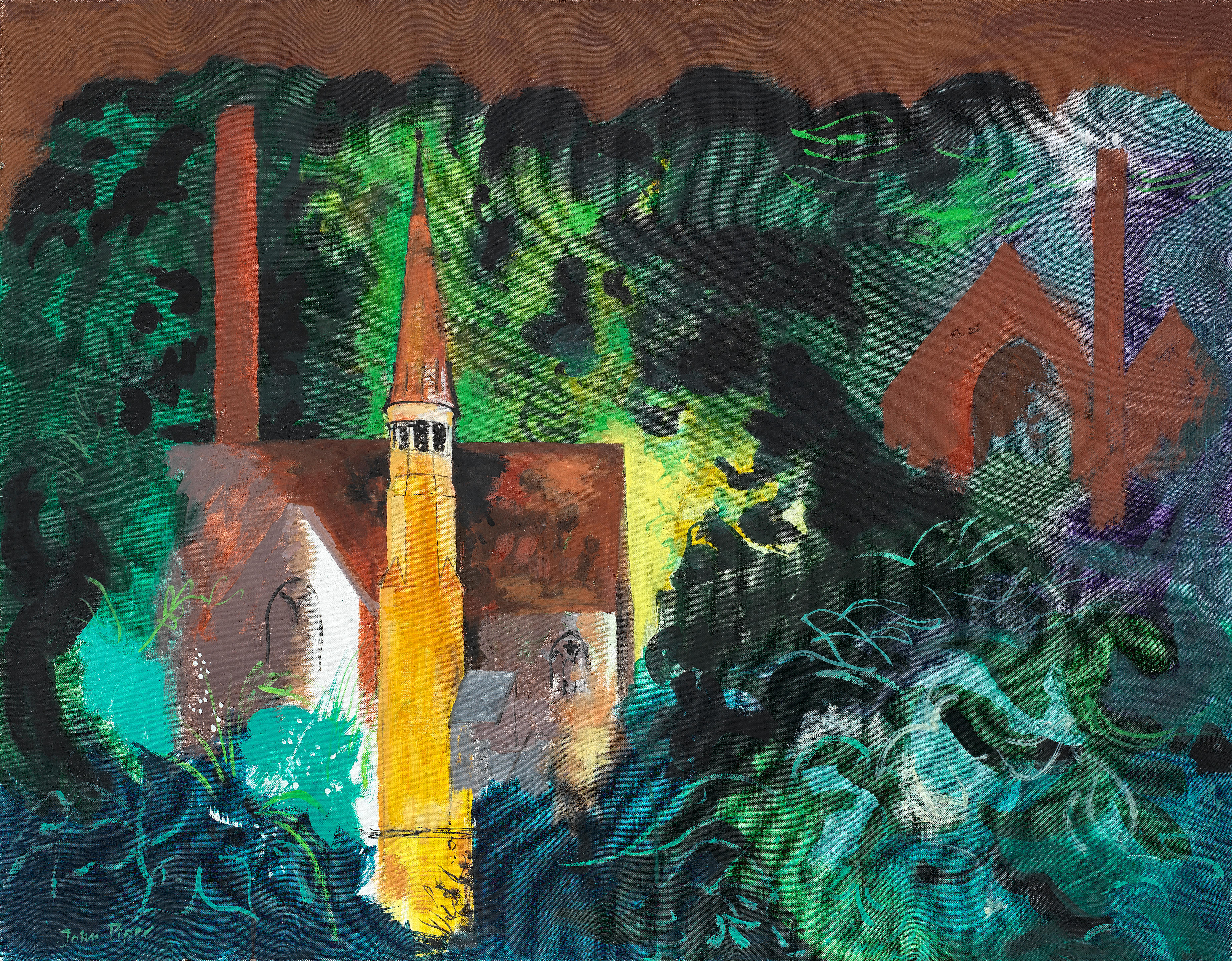

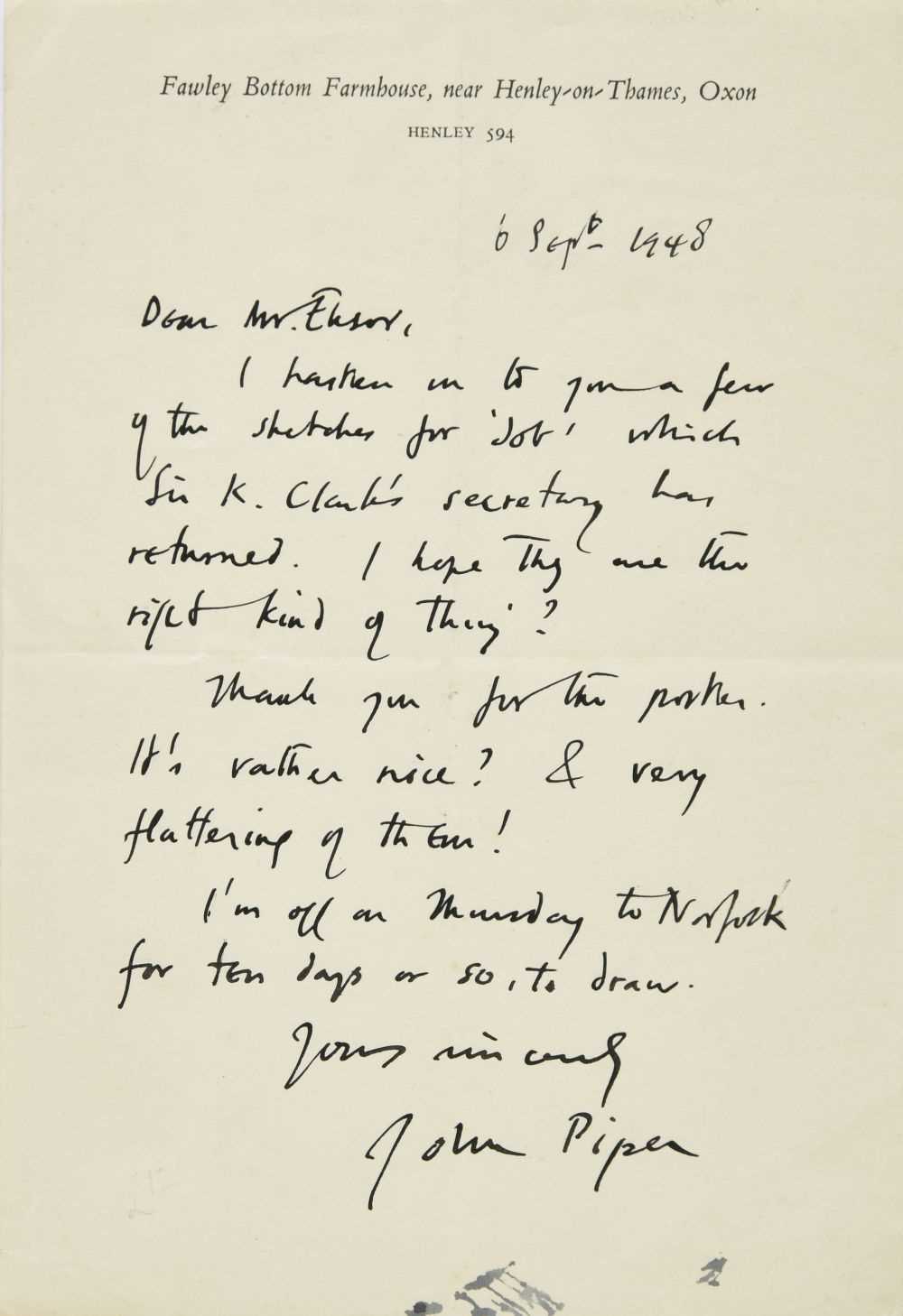


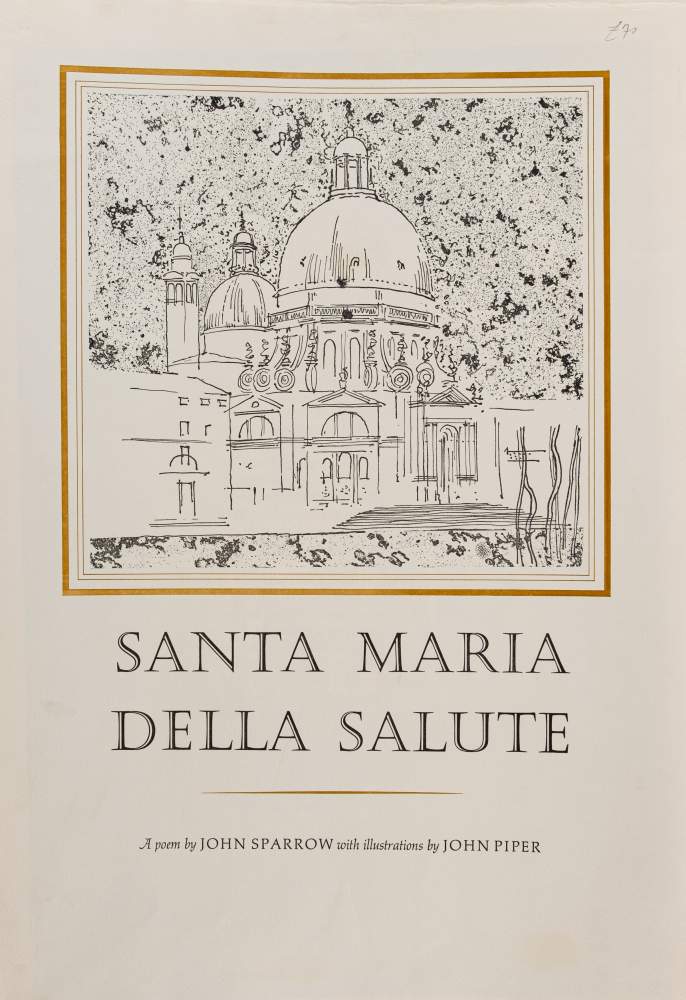

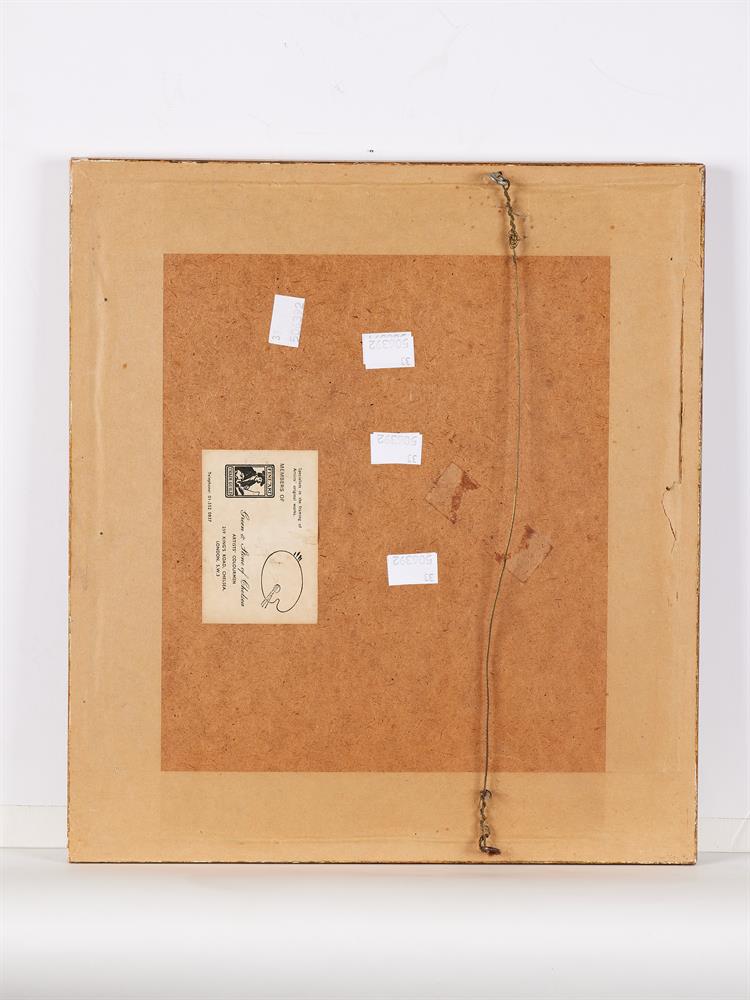
Testen Sie LotSearch und seine Premium-Features 7 Tage - ohne Kosten!
Lassen Sie sich automatisch über neue Objekte in kommenden Auktionen benachrichtigen.
Suchauftrag anlegen